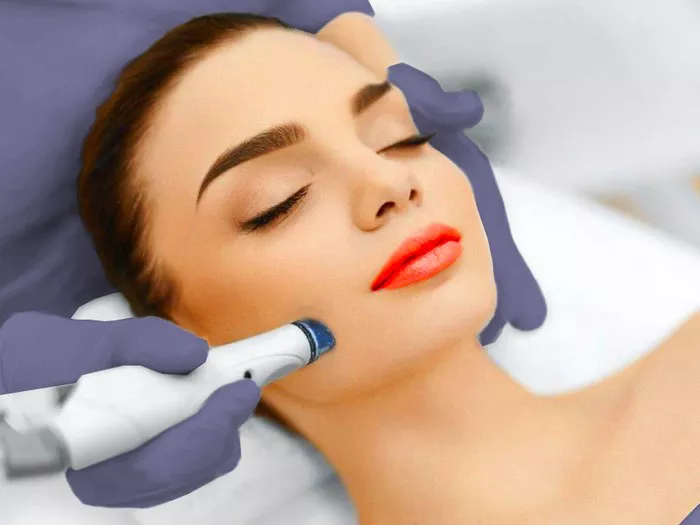Introduction:
Microdermabrasion is a popular cosmetic treatment that can help to improve the appearance of fine lines, wrinkles, age spots, acne scars, and other skin imperfections. This non-invasive procedure involves using a special device to exfoliate the outer layer of skin, revealing smoother, brighter, and more youthful-looking skin underneath. After microdermabrasion, it is important to care for your skin properly to ensure the best possible outcomes. One question that many people have is whether or not it is safe to use vitamin C after microdermabrasion. In this article, we will explore the benefits and risks of using vitamin C after microdermabrasion and provide tips on how to incorporate this powerful antioxidant into your post-treatment skincare routine.
The Benefits of Using Vitamin C After Microdermabrasion
Vitamin C is a powerful antioxidant that can help to protect your skin from damage caused by free radicals, UV rays, and other environmental stressors. It can also help to brighten your skin, reduce the appearance of dark spots and hyperpigmentation, and stimulate collagen production, which can help to improve the texture and firmness of your skin.
After microdermabrasion, your skin may be more sensitive and vulnerable to damage from these environmental stressors, making it an ideal time to incorporate vitamin C into your skincare routine. By doing so, you can help to protect your skin from further damage and promote healing and rejuvenation.
The Risks of Using Vitamin C After Microdermabrasion
While there are many benefits to using vitamin C after microdermabrasion, there are also some potential risks to be aware of. For example, vitamin C can be irritating to some people, especially those with sensitive skin. If you experience any redness, itching, or irritation after using vitamin C, you should discontinue use and consult with your dermatologist.
It is also important to choose high-quality vitamin C products that are specifically formulated for use on the face. Some vitamin C products may be too harsh or contain other ingredients that can cause irritation or other complications.
How to Incorporate Vitamin C into Your Post-Microdermabrasion Skincare Routine
If you decide to use vitamin C after microdermabrasion, there are several steps you can take to ensure the best possible outcomes. These include:
Choose a high-quality vitamin C product: Look for vitamin C products that are specifically formulated for use on the face and contain a high concentration of ascorbic acid, which is the most effective form of vitamin C.
Start slowly: If you are new to using vitamin C, start with a lower concentration and gradually work your way up to a higher concentration over time. This can help to minimize the risk of irritation and other complications.
Apply after cleansing: After cleansing your face, apply a small amount of vitamin C serum or cream to your skin. Gently massage the product into your skin using circular motions until it is fully absorbed.
Use sunscreen: Because vitamin C can make your skin more sensitive to the sun, it is important to wear a broad-spectrum sunscreen with an SPF of at least 30 every day, even on cloudy days.
Follow your dermatologist’s instructions: Your dermatologist may provide you with specific instructions on how to incorporate vitamin C into your post-microdermabrasion skincare routine. Be sure to follow these instructions carefully to ensure the best possible outcomes.
Allow time for healing: It is important to allow your skin time to heal after microdermabrasion before incorporating vitamin C into your skincare routine. Your dermatologist will provide you with specific instructions on how long to wait before using vitamin C.
Don’t overdo it: While vitamin C can provide many benefits for your skin, using too much of it can be counterproductive. Follow the instructions on the product label and your dermatologist’s recommendations to avoid using too much vitamin C.
Conclusion:
In conclusion, using vitamin C after microdermabrasion can provide many benefits for your skin, including protection from environmental stressors, brightening, and collagen stimulation. However, there are also some potential risks to be aware of, such as irritation and sensitivity. To incorporate vitamin C into your post-microdermabrasion skincare routine, choose a high-quality product, start slowly, apply after cleansing, use sunscreen, and follow your dermatologist’s instructions. By doing so, you can help to ensure the best possible outcomes and enjoy the benefits of smoother, brighter, and more youthful-looking skin.


